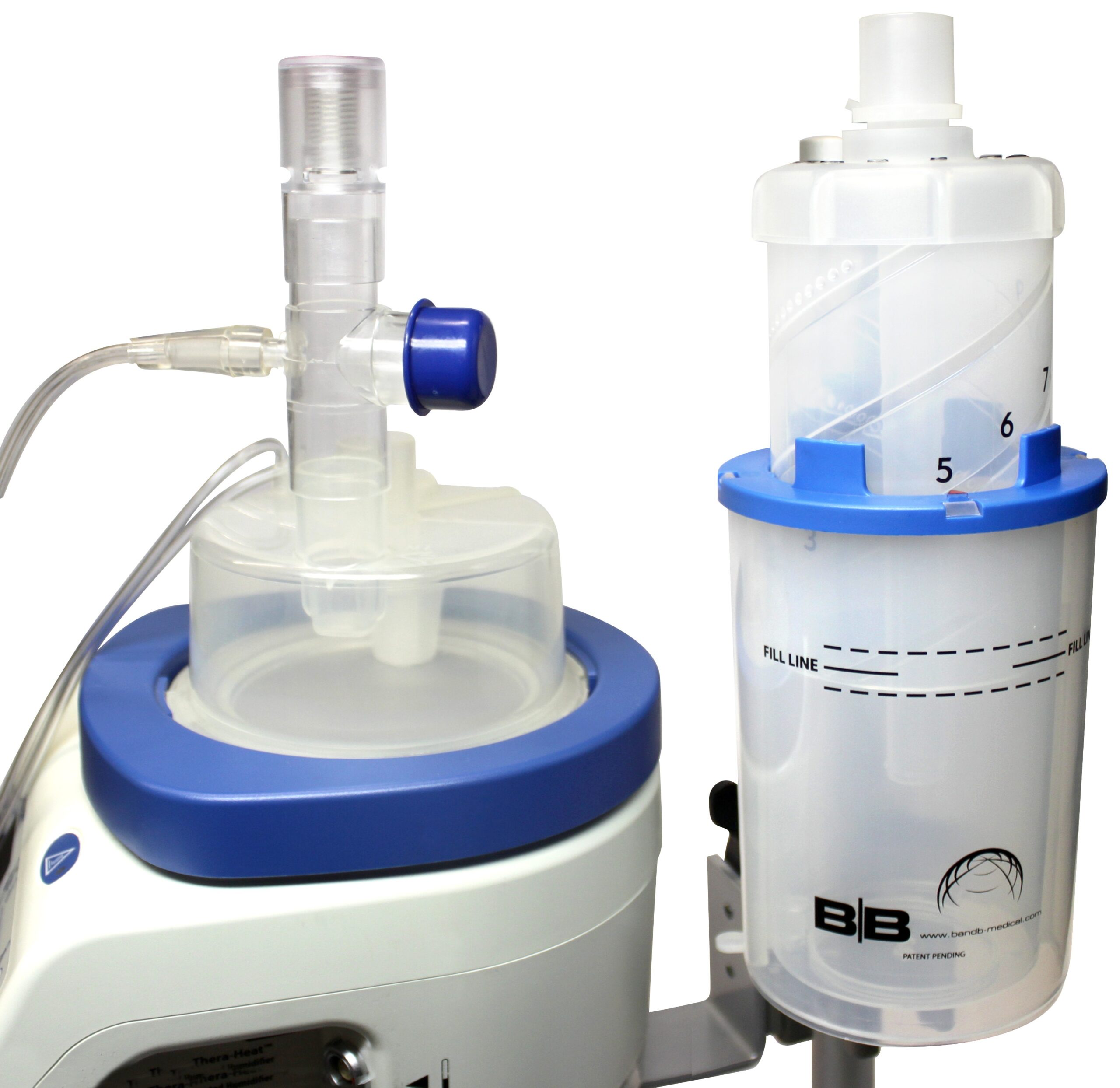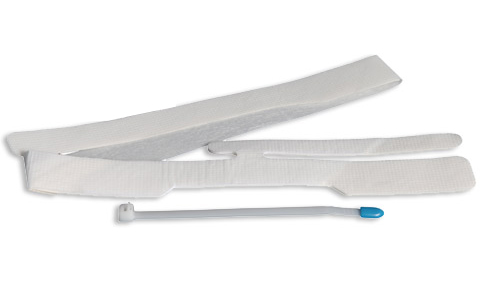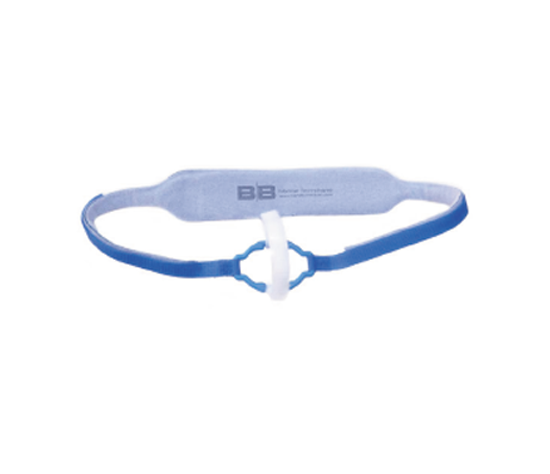Very few innovations in neonatal medicine have been as groundbreaking as the Bubble CPAP. Made to provide much-needed support to fragile newborns struggling to breath, this technology has raised quality of care around the world by redefining survival outcomes. In this blog, we are going to discuss the origins, invention, and working of the Bubble CPAP, as well as the role it plays in neonatal care, and what still makes it relevant to this day. B&B Medical Technologies is proud to provide scientific solutions to improve the safety and effectiveness of this important treatment.
The Challenges Before Bubble CPAP
Before the Bubble CPAP was invented, premature babies having underdeveloped lungs frequently needed invasive mechanical ventilation. This was a challenging reality. Although mechanical ventilation had the potential to save lives, it also came with great risks, such as long-term respiratory complications, lung injury, and infection.
This left caregivers and doctors with barely any choices. They could either ventilate and intubate, which required intricate equipment as well as trained specialists, or provide very little oxygen to the newborn, which was not always sufficient for them to survive. Newborns, particularly the premature ones, did not have many choices for non-invasive gentle breathing assistance.
Therefore, a system was urgently needed in the medical community to provide effective and sufficient ventilation and oxygenation as well as decrease damage to sensitive lungs. This unfulfilled need set the stage for the creation of a safer, simpler alternative.
The Birth of a Breakthrough
The Bubble CPAP story started in the 1970s, when the concept was pioneered by Dr. George Gregory and his team at the University of California, San Francisco. The purpose was to find a solution to provide Continuous Positive Airway Pressure (CPAP) to neonates without having to use invasive mechanical ventilators.
The system they made used a simple yet clever design: through immersing the expiratory limb of the breathing circuit into a bottle of water, they created constant pressure in the newborn’s lungs. The resulting effect was “bubbling” which not only made sure that there was stable airway pressure, but it also improved lung expansion and gas exchange.
This was a breakthrough in neonatal care. It was the first time that premature newborns had the opportunity to get non-surgical respiratory support which was both effective and gentle. Bubble CPAP has since become a practical solution, being adopted in neonatal intensive care units (NICUs) worldwide.
How Bubble CPAP Works
The Bubble CPAP design is both straightforward and genius. Short prongs get placed in a soft mask or the nose of the newborn, helping them breathe through it. A continuous flow of oxygen or air gets delivered, with the expiratory tube submerged in water to a specified depth.
The depth of the tube in the water will determine the level of positive pressure being delivered into the lungs of the newborn. This bubbling effect offers oscillating, small vibrations, keeping the airway open, avoiding collapse, and promoting improved oxygen exchange.
Since Bubble CPAP is non-surgical, it significantly decreases the risk of infection and trauma to the lungs, in contrast to mechanical ventilation. This helps infants breathe themselves as well as they get the gentle support they need to grow healthier and stronger.
Applications in Neonatal Care
Bubble CPAP has become a gold standard in neonatal care for helping premature newborns having apnea of prematurity, respiratory distress syndrome, and more breathing challenges. It is particularly helpful in low-resource scenarios where advanced ventilators are not always available.
Important advantages in clinical practice are:
- Lesser requirement of invasive ventilation and intubation
- Decreased chances of chronic respiratory disease and lung damage being developed
- Gentle support adjusts to the baby’s spontaneous breathing
- It is a reliable and cost-effective therapy which can be used in various NICU settings
For NICU nurses and neonatologists, Bubble CPAP is more than a mere tool. It has now become a lifeline to help fragile newborns live and grow.
Our Commitment at B&B Medical Technologies
At B&B Medical Technologies, we understand how critical dependable equipment is in neonatal care. That’s why we have designed and refined our Bubble CPAP System to meet the highest standards of safety, versatility, and ease of use.
Our B&B Bubbler™ and pressure relief manifolds are built with precision, ensuring consistent pressure delivery and reliable performance. Healthcare providers trust our devices because they simplify setup, reduce risk, and are proven effective in NICUs.
We also prioritize patient safety and caregiver convenience. From sturdy construction to clear instructions and complementary products, we make sure every detail supports optimal outcomes for the most vulnerable patients. When you choose B&B Medical Technologies, you are choosing decades of expertise dedicated to improving neonatal care.
The Bottom Line
The invention of Bubble CPAP forever changed neonatal care, offering premature and fragile newborns a safe, non-invasive, and effective way to breathe. Its history reflects innovation born out of necessity, and its continued use proves its unmatched value in NICUs worldwide.
At B&B Medical Technologies, we are proud to carry forward this legacy by providing high-quality solutions that healthcare teams can rely on every day. If you are looking for trusted Bubble CPAP products designed with precision and care, we invite you to explore our offerings and experience the difference our expertise makes.
Visit B&B Medical Technologies today to learn more and discover how our products can support your neonatal care needs.


